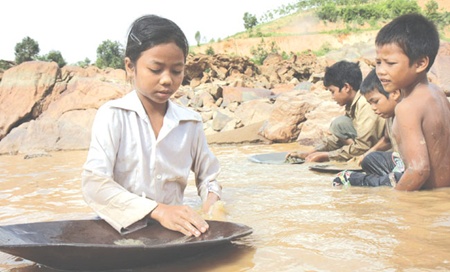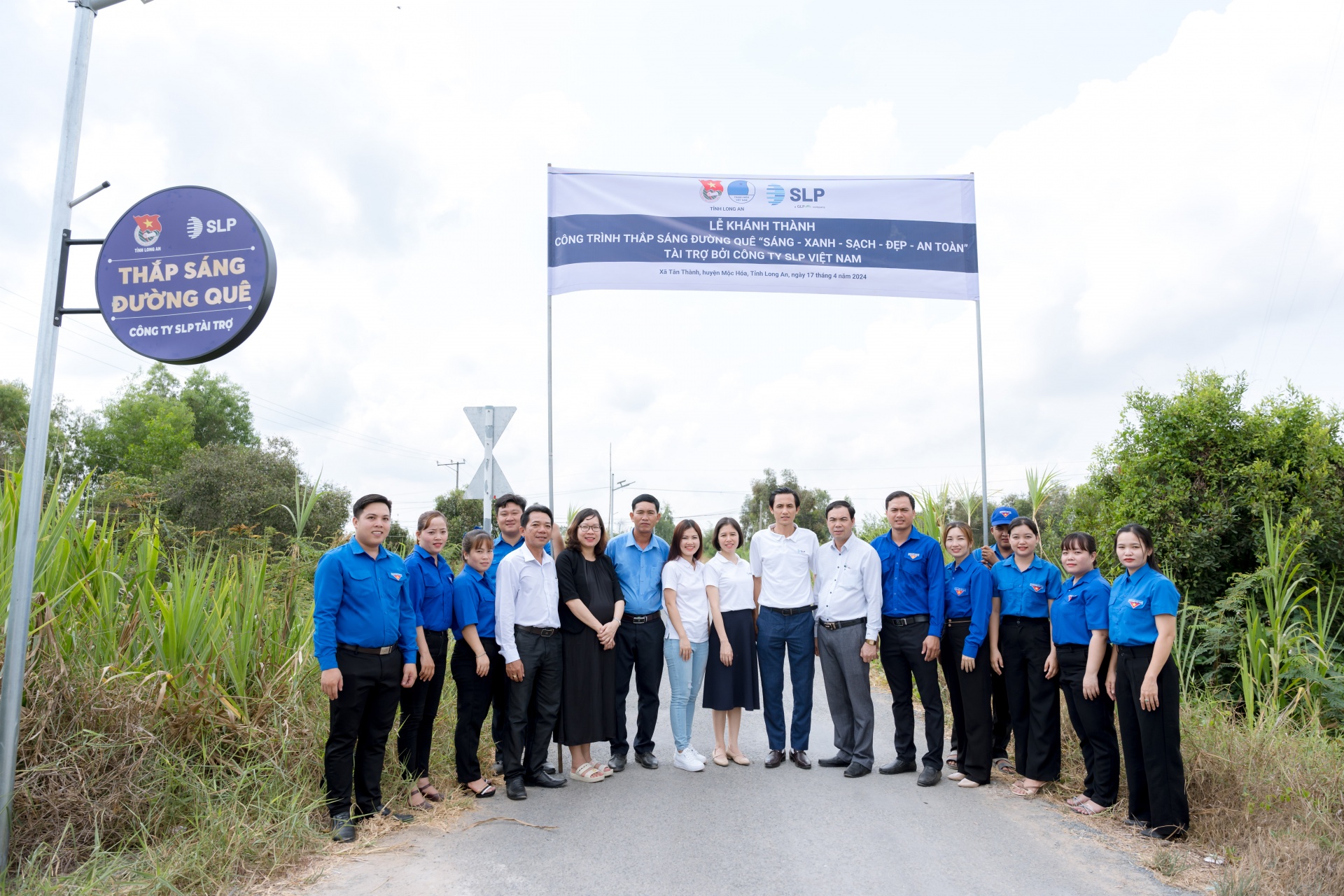Programme aims to stop child labour
 |
| Children in Sa Binh Commune, Kon Tum Province work as gold panners. The Ministry of Labour, Invalids and Social Affairs has proposed a US$25 million plan to fight child labour in Viet Nam. - VNA/VNS Photo Phuong Hoa. |
The plan, drafted by the Ministry of Labour, Invalids and Social Affairs for next year, would include building a national database on child labour and increasing agencies' capacity for dealing with violations.
Funding would be drawn from state and local budgets, as well as international sources.
Poverty is the main cause of child labour, said Dang Hoa Nam, deputy head of the Department of Child Protection under the Ministry of Labour.
Nam told a recent event on child labor that the legal framework used to monitor and prosecute violators was limited.
Ngo Thi Minh, deputy chairperson of the National Assembly Committee on Culture, Education and Youth, said child labour was prevalent in Ha Noi, Thanh Hoa, Vinh Long, HCM City and Lao Cai.
A high number of children in those cities drop out of school because they need to work, and are often abused.
"There are many children who have to work at an early age, and the labour sector has not been updated on this," Minh said.
"We know that many localities do not have enough information on children who migrate to work in other areas and their working conditions."
Minh said Viet Nam had not been consistent in codifying the age at which child labour ended and legal labor began. The Law on Child Protection identifies it as those under 16, while the Labour Code says under 15.
In addition, she said the Government must create more mechanisms for detecting child labour and prosecuting violators.
According to the draft plan, it will be implemented nationwide and focus on areas with a high number of child workers, especially in informal trades, agriculture, aquaculture, housework, household handicrafts and mineral exploitation.
Cao Thi Thanh Thuy, head of the International Co-operation Department under the labour ministry, said reducing child labour would improve Vietnamese exports' reputation, because many producers and sellers must comply with strict fair-trade standards.
Authorities are hoping the five-year programme will help reduce the number of children involved and lower the cost of supporting them and their education.
According to the first National Child Labour Survey launched in Ha Noi in March by the labour ministry and the International Labour Organisation, an estimated 9.6 per cent of children aged five to 17 in Viet Nam are child workers, equivalent to about 1.75 million children.
What the stars mean:
★ Poor ★ ★ Promising ★★★ Good ★★★★ Very good ★★★★★ Exceptional
Latest News
More News
- ADB forecasts 6 per cent growth for Vietnam (April 12, 2024 | 17:17)
- SCB, Van Thinh Phat execs convicted of embezzlement; Truong My Lan sentenced to death (April 12, 2024 | 09:59)
- Finnish kindergarten opens in Hanoi (April 12, 2024 | 09:50)
- Over 746 tonnes of rice allocated to Dien Bien, Bac Kan provinces in between-crop period (April 12, 2024 | 08:54)
- Truong My Lan sentenced to death in major bank fraud case (April 12, 2024 | 08:49)
- Netflix ordered to stop distributing unauthorised games in Vietnam (April 11, 2024 | 17:06)
- Deputy PM highlights incentive policies for rooftop solar power installation (April 11, 2024 | 17:03)
- Former FLC chairman faces securities market manipulation and asset misappropriation charges (April 11, 2024 | 15:34)
- Vietnam sends over 35,900 workers abroad in Q1 (April 10, 2024 | 14:56)
- OVs in Hungary eager to join trip to Truong Sa (April 10, 2024 | 14:52)


















 Mobile Version
Mobile Version